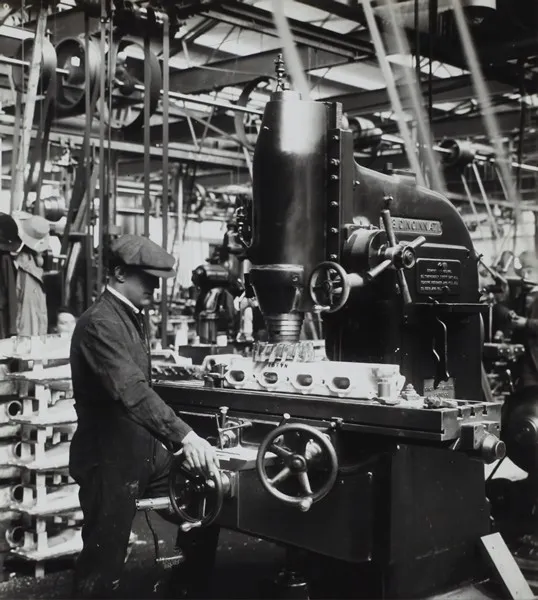Table of Contents
- Historical Context
- Sociological Implications
- The Factory System and Social Change
- Contemporary Perspectives
- Conclusion
The factory system, a hallmark of industrial capitalism, has fundamentally reshaped societies since its inception during the Industrial Revolution in the late 18th and early 19th centuries. This system, characterized by mass production, centralized workplaces, and mechanization, has not only transformed economies but also social structures, labor relations, and cultural norms. Understanding the factory system is essential for grasping the complexities of modern industrial societies and the myriad ways in which economic activities influence social life.
Historical Context
The Rise of the Factory System
The factory system emerged in Britain during the Industrial Revolution, a period marked by significant technological advancements and socio-economic changes. Prior to this, most production occurred in small workshops or homes under the domestic or putting-out system. Artisans and craftsmen worked independently or in small groups, often combining agricultural work with artisanal production.
The shift to the factory system was driven by innovations such as the steam engine, mechanized looms, and advances in metallurgy. These technologies enabled the concentration of production in large, centralized locations, where machinery could be operated by a labor force that was increasingly urban and wage-dependent. The factory system rapidly spread across Europe and North America, profoundly altering traditional modes of production and social organization.
Impact on Labor
The factory system fundamentally changed the nature of work and labor relations. Under the domestic system, workers had significant control over their work schedules and conditions. In contrast, the factory system imposed a rigid, hierarchical structure where workers had to adhere to strict timetables and were subject to constant supervision. This shift led to the proletarianization of the workforce, where labor became a commodity traded in the marketplace.
The factory environment was often harsh and dehumanizing. Long working hours, unsafe conditions, and monotonous tasks characterized factory work. The division of labor within factories meant that workers performed repetitive tasks, reducing the need for skilled labor and leading to the deskilling of the workforce. These changes sparked significant social tensions and laid the groundwork for the labor movements of the 19th and 20th centuries.
Sociological Implications
Class Formation
The factory system played a pivotal role in the formation of modern social classes. It gave rise to the industrial bourgeoisie, a class of factory owners and capitalists who amassed wealth through the ownership of production means. At the same time, it created a large working class, or proletariat, whose labor was exploited for profit.
The stark division between capital and labor became a defining feature of industrial societies. The relationship between these classes was characterized by inherent conflict, as described by Karl Marx in his theory of historical materialism. According to Marx, the exploitation and alienation experienced by workers under the factory system would eventually lead to class consciousness and revolutionary change.
Gender and Work
The factory system also had significant implications for gender roles and relations. In many early factories, women and children were employed alongside men, often in even more exploitative conditions due to their lower wage expectations. The entry of women into the industrial workforce challenged traditional gender roles, which had confined women to domestic spheres.
However, the integration of women into factory labor was not accompanied by a corresponding shift in social attitudes towards gender equality. Women continued to face discrimination and were often relegated to the lowest-paid and least skilled positions. The factory system thus reinforced and perpetuated existing gender inequalities, even as it provided new opportunities for women’s economic participation.
Urbanization
The factory system was a major driver of urbanization. Factories were typically located in urban areas, attracting large numbers of rural inhabitants seeking employment. This migration contributed to the rapid growth of cities, transforming them into bustling centers of industrial activity.
Urbanization brought about significant social changes. Traditional community structures were disrupted as people from diverse backgrounds converged in cities. New forms of social organization emerged, characterized by anonymity and impersonal social interactions. The rapid growth of cities also created challenges such as overcrowding, inadequate housing, and poor sanitation, leading to a range of social problems that required new forms of governance and social policy.
The Factory System and Social Change
Get the full article AD FREE. Join now for full access to all premium articles.
View Plans & Subscribe Already a member? Log in.





